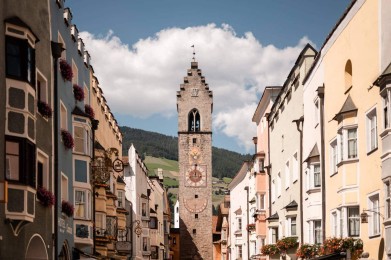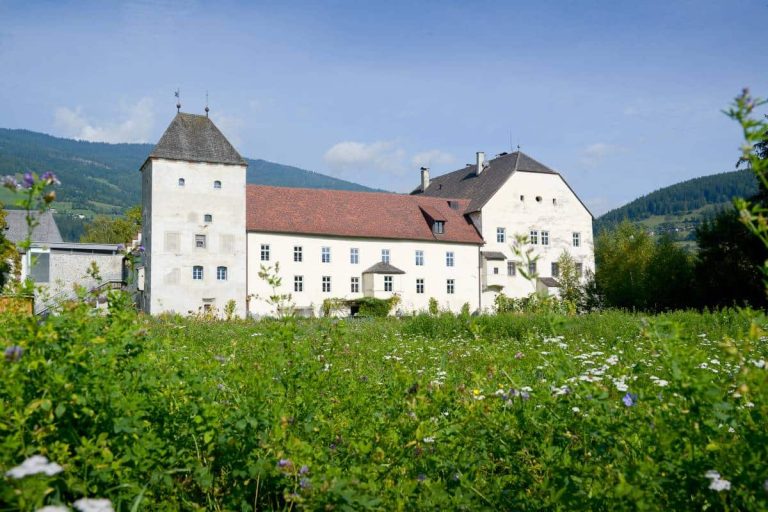In the historic heart of Sterzing, just a few minutes’ walk from the city center, stands the historic Commandery of the Teutonic Order, also known as the Deutschhaus, home since 1986 to the Multscher Museum and, since 1994, also to the Sterzing Municipal Museum. This museum complex, located next to the parish church and nestled in a striking Baroque architectural setting, represents one of the main sites of the city’s cultural and artistic memory.
The Multscher Museum: late Gothic masterpieces
The centerpiece of the exhibition is the nucleus of works by the great Swabian master Hans Multscher of Ulm (1400-1467), one of the most celebrated exponents of German Late Gothic. The museum houses what remains of the magnificent wooden altar created between 1456 and 1459 for the church “Our Lady of the Marsh” in Sterzing. This masterpiece, considered the artist’s last great work, consists of four painted panels depicting episodes from the Passion of Christ and the life of Mary, and is considered one of the finest examples of southern German Gothic art.
The City Museum: identity and tradition of Sterzing
Alongside works of art, the Civic Museum reconstructs the civic and economic history of Sterzing, focusing on its craft guilds and urban life between the Middle Ages and the Modern Age. In its elegantly decorated rooms-including the Knights’ Hall, the former bedroom of the Commendatore, and the Count’s Hall, which offers a splendid panoramic view of the Sterzing basin-are exhibited:
-Historical documents such as feudal certificates, imperial decrees and civic privileges;
-Signs, coats of arms and insignia of ancient brotherhoods and professional associations;
-Historical views and frescoes telling the story of the city’s evolution over the centuries.
The Church of St. Elizabeth and other works
The museum tour also includes a visit to the Church of St. Elizabeth, the baroque chapel of the Teutonic Order, dating back to the 18th century. Inside are valuable portraits of members of the Order, including Commander Christoph M. of Wolkenstein, and paintings such as Hermann Balk’s majestic “Eiche von Thorn,” evoking Teutonic symbolism.
Opening Hours
Tuesday – Saturday: 10 a.m. – 1 p.m. and 2 p.m. – 5 p.m.
Closed: Sunday, Monday and holidays
To visit the Multscher Museum and Civic Museum is to rediscover centuries of Mitteleuropean art, faith and culture, between Gothic and Baroque, knightly religion and everyday life in one of the most fascinating cities in South Tyrol. An engaging itinerary, ideal for art enthusiasts, families and those curious about history.
Photo by Stefanie Defregger


